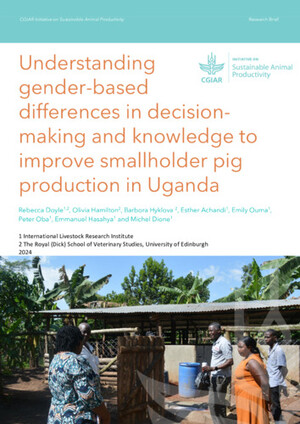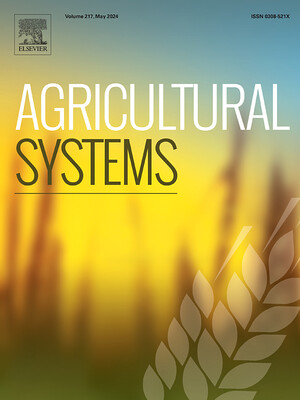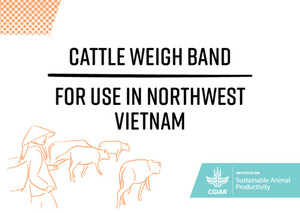
Analysis of early survival of Holstein-Friesian heifers of diverse sire origins on commercial dairy farms in Kenya
Abstract
The use of imported semen within the Holstein-Friesian cattle population in Kenya has contributed to increased milk production per cow, however, information on how this has impacted on functional traits, particularly early life survival and reproductive performance is scarce. This study evaluated age at first calving (AFC), survival to age at first calving, and survival to four years of age using survival analyses techniques, in Holstein-Friesian cattle on four dairy farms in Kenya. The heritability estimate obtained for AFC was 0.15 ± 0.06 for an average AFC of 1058 days. Animals sired by New Zealand and Australian born bulls had the earliest average AFC (907 days). On average, 25% of all the heifers born were culled prior to attaining a first calving, while 34% were culled prior to four years of age. Though the highest proportion of losses was due to unspecified reasons, the relative risk of being culled was highest when an animal had a specific disease, and the first 60 days of life were the most critical for survival. Daughters of sires from South-Africa and Israel tended to have better survival rates than those sired by bulls originating from other regions. Unfavourable selection towards animals sired by Kenyan born bulls was evident. The economic implications of the high rate of early mortality need to be evaluated in order to assist livestock producers make informed decisions on choice of sires for breeding.
Citation
Menjo, D.K.; Bebe, B.O.; Okeyo, A.M.; Ojango, J.M.K. 2009. Analysis of early survival of Holstein-Friesian heifers of diverse sire origins on commercial dairy farms in Kenya. Tropical Animal Health and Production (The Netherlands). v. 41(2). p. 171-181.










